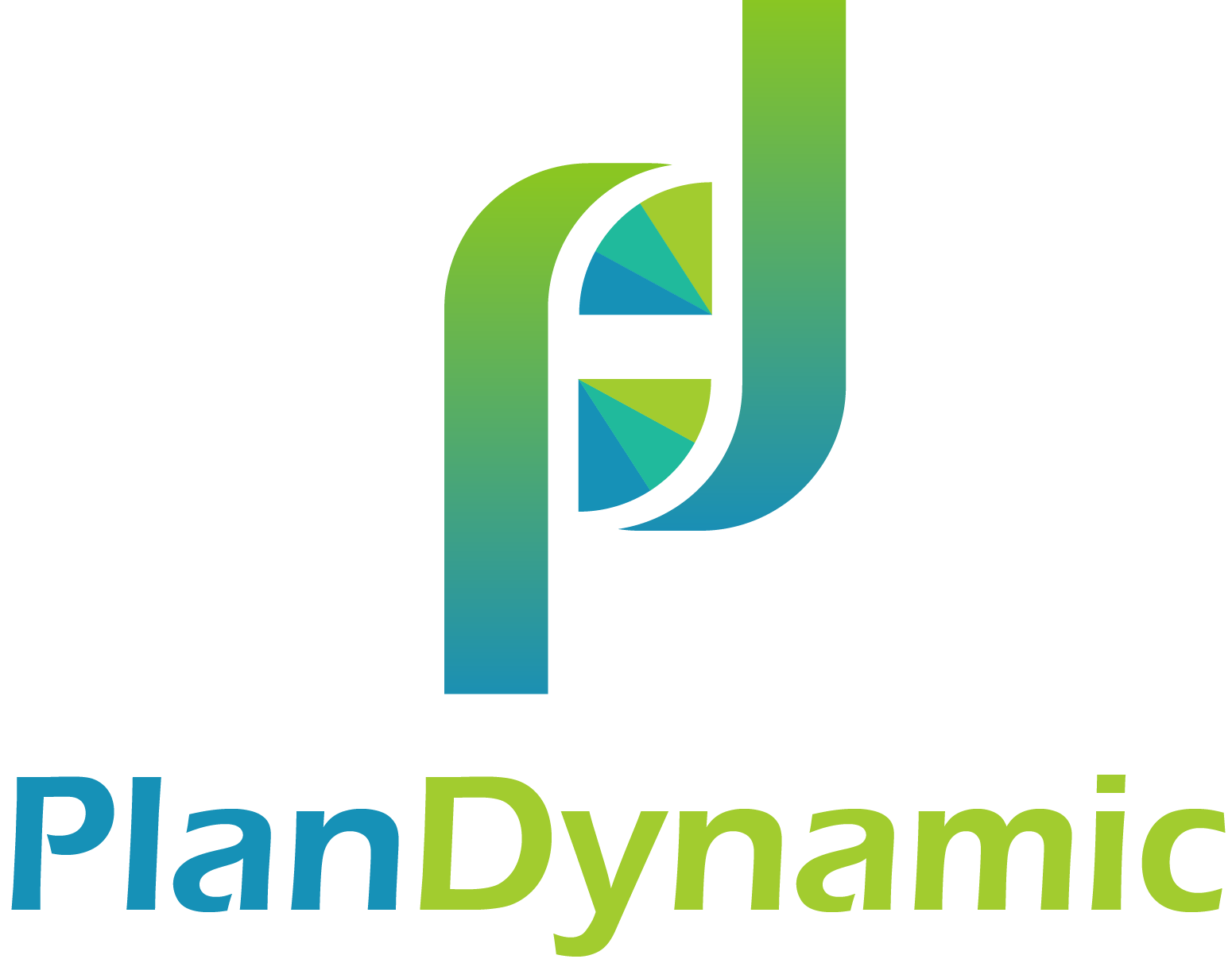Contribution Limits for Tax Year 2018
Tax-advantaged accounts are great ways to build and later sustain financial independence, now is the time to strive to maximize your contributions.
While July begins the 2nd half of the year, consider raising your contributions today to allow for the typical 1-2 pay periods needed to have new contribution from your payroll take effect.
Let's review the new maximums for 2018, as well as what remains unchanged.
The Internal Revenue Service recently announced cost of living adjustments affecting dollar limitations for retirement-related items for tax year 2018. Detailed in Notice 2017-64, here are the excerpts directly from the IRS:
Highlights of Changes for 2018
The contribution limit for employees who participate in 401(k), 403(b), most 457 plans, and the federal government’s Thrift Savings Plan is increased from $18,000 to $18,500.
The income ranges for determining eligibility to make deductible contributions to traditional Individual Retirement Arrangements (IRAs), to contribute to Roth IRAs and to claim the saver’s credit all increased for 2018.
Taxpayers can deduct contributions to a traditional IRA if they meet certain conditions. If during the year either the taxpayer or their spouse was covered by a retirement plan at work, the deduction may be reduced, or phased out, until it is eliminated, depending on filing status and income.
(If neither the taxpayer nor their spouse is covered by a retirement plan at work, the phase-outs of the deduction do not apply.) Here are the phase-out ranges for 2018:
For single taxpayers covered by a workplace retirement plan, the phase-out range is $63,000 to $73,000, up from $62,000 to $72,000.
For married couples filing jointly, where the spouse making the IRA contribution is covered by a workplace retirement plan, the phase-out range is $101,000 to $121,000, up from $99,000 to $119,000.
For an IRA contributor who is not covered by a workplace retirement plan and is married to someone who is covered, the deduction is phased out if the couple’s income is between $189,000 and $199,000, up from $186,000 and $196,000.
For a married individual filing a separate return who is covered by a workplace retirement plan, the phase-out range is not subject to an annual cost-of-living adjustment and remains $0 to $10,000.
The income phase-out range for taxpayers making contributions to a Roth IRA is $120,000 to $135,000 for singles and heads of household, up from $118,000 to $133,000.
For married couples filing jointly, the income phase-out range is $189,000 to $199,000, up from $186,000 to $196,000.
The phase-out range for a married individual filing a separate return who makes contributions to a Roth IRA is not subject to an annual cost-of-living adjustment and remains $0 to $10,000.
The income limit for the Saver’s Credit (also known as the Retirement Savings Contributions Credit) for low- and moderate-income workers is $63,000 for married couples filing jointly, up from $62,000; $47,250 for heads of household, up from $46,500; and $31,500 for singles and married individuals filing separately, up from $31,000.
Highlights of Limitations that Remain Unchanged from 2017
The limit on annual contributions to an IRA remains unchanged at $5,500. The additional catch-up contribution limit for individuals aged 50 and over is not subject to an annual cost-of-living adjustment and remains $1,000.
The catch-up contribution limit for employees aged 50 and over who participate in 401(k), 403(b), most 457 plans and the federal government’s Thrift Savings Plan remains unchanged at $6,000.
Please call me at (508) 834-7733 or directly schedule a meeting to learn more about adjusted or unchanged limitations and different ways to fund your retirement.
PlanDynamic, LLC is a registered investment advisor. This article is intended to provide general information. It is not intended to offer or deliver investment advice in any way. Information regarding investment services are provided solely to gain a better understanding of the subject or the article. Different types of investments involve varying degrees of risk. Therefore, it should not be assumed that future performance of any specific investment or investment strategy will be profitable.
Market data and other cited or linked-to content on in this article is based on generally-available information and is believed to be reliable. PlanDynamic, LLC does not guarantee the performance of any investment or the accuracy of the information contained in this article. PlanDynamic, LLC will provide all prospective clients with a copy of PlanDynamic, LLC’s Form ADV2A and applicable Form ADV 2Bs. You may obtain a copy of these disclosures on the SEC website at http://adviserinfo.sec.gov or you may Contact Us to request a free copy via .pdf or hardcopy.
